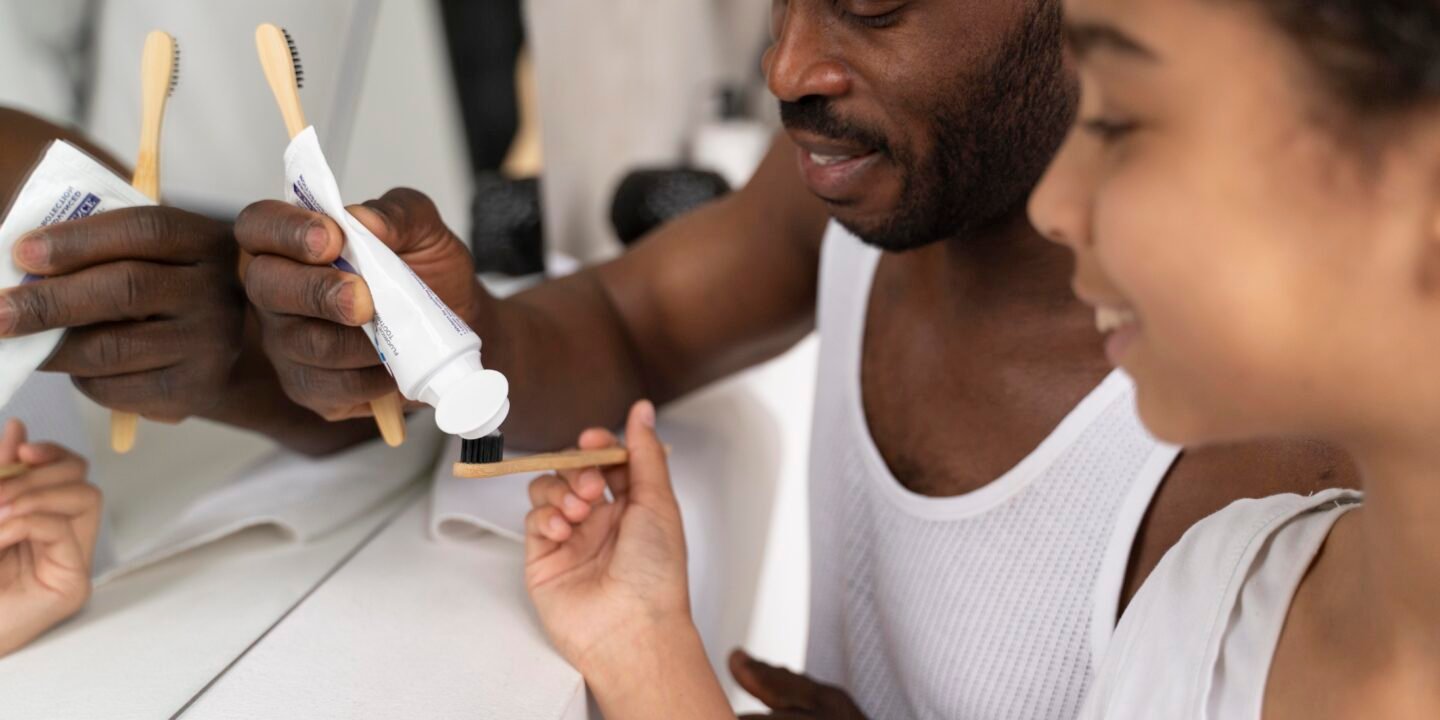
DIY projects are a fantastic way to personalize your living space, save money, and express your creativity. Whether you’re a beginner or a seasoned DIY enthusiast, having the right tips and tricks at your disposal can make all the difference between a frustrating experience and a successful, enjoyable one. The key to a smooth DIY journey lies in knowing the smart techniques and hacks that can save you time, effort, and even money.
In this blog post, we’ll explore 20 essential DIY tips and tricks that can help you elevate your home projects, improve your crafting skills, and get professional-looking results — all without breaking the bank. These tried-and-tested hacks will streamline your DIY process, and you’ll soon find that tackling projects at home can be easier and more enjoyable than ever.
1. Start with a Plan and Gather Materials First
One of the biggest mistakes beginners make is jumping into a project without proper planning. Before you start any DIY project, take the time to sketch out your idea and list the materials you’ll need. It’s easy to overlook certain tools or supplies, and running out of materials mid-project can slow you down and derail your plans.
Tip: Make a checklist for all the tools, paint colors, and hardware you’ll need. This will prevent you from making multiple trips to the store, saving you both time and frustration.
2. Use Painter’s Tape for Clean Edges
Achieving crisp, clean lines when painting or applying finishes can be tricky. Whether you’re painting a wall or adding a design to furniture, painter’s tape is your best friend for ensuring straight edges without smudging or bleeding paint.
Tip: For extra sharp lines, apply the painter’s tape, then press it down with a putty knife to ensure it sticks firmly. You can also run a thin line of the base color along the tape edge before applying your final color. This seals the tape and prevents the second color from bleeding underneath.
3. Repurpose Materials for a Budget-Friendly DIY
DIY doesn’t always require buying new materials. In fact, repurposing and upcycling old items is an environmentally friendly and cost-effective way to create unique pieces for your home.
Tip: Before tossing out furniture or other items, think about how they can be transformed. Old wood pallets can become a rustic coffee table, mason jars can be repurposed as candle holders, and worn-out jeans can become denim pillows. Let your creativity run wild!
4. Use Command Strips for Damage-Free Hanging
Hanging artwork, mirrors, or light fixtures often requires drilling holes in the wall. However, if you’re renting or just want to avoid the hassle of patching holes later, Command Strips can be an excellent alternative.
Tip: Ensure you use the right type of Command Strips for the weight of the object you’re hanging. Clean the wall surface thoroughly before applying the strips, and follow the instructions carefully for maximum holding power.
5. Seal Wood Projects with Wax for a Smooth Finish
When working with wood, sanding is essential to getting a smooth finish. But if you want an extra polished touch, try sealing your project with furniture wax instead of polyurethane or varnish. Wax gives wood a soft, natural glow and feels silky to the touch.
Tip: Apply wax with a lint-free cloth in circular motions, then buff with a clean cloth to achieve a smooth, glossy finish. It’s less smelly and easier to work with than many other wood finishes.
6. Use a Hot Glue Gun for Quick Fixes
A hot glue gun is one of the most versatile tools in a DIYer’s arsenal. It’s perfect for quick fixes, crafting, and even making repairs around the house. Whether you’re creating decorative accents, affixing fabric to wood, or fixing a broken item, a hot glue gun can get the job done in seconds.
Tip: Keep your hot glue gun on a silicone mat to prevent spills from sticking to surfaces. If you accidentally get glue where it doesn’t belong, let it cool and peel it off easily.
7. Invest in a Cordless Drill
For DIY projects that involve screws, nails, or any type of construction, a cordless drill is an invaluable tool. It can save you so much time and effort compared to using a manual screwdriver, and it’s ideal for everything from assembling furniture to building shelves.
Tip: Make sure you have the right drill bits for your project and use a drill with adjustable speed settings to avoid over-driving screws.
8. Use a Level to Ensure Straight Lines
For projects like installing shelves, hanging artwork, or building furniture, a level is an essential tool for making sure everything is aligned properly. Even a tiny tilt can throw off the aesthetics and functionality of your work.
Tip: If you don’t have a traditional spirit level, download a free leveling app on your smartphone. These apps use your phone’s built-in sensors to provide accurate readings for all your DIY needs.
9. Get Creative with Stencils and Templates
Stencils and templates are a great way to add professional-looking designs to your walls, furniture, or accessories. They allow you to create intricate patterns without needing advanced skills.
Tip: For a sharp, clean look, tape your stencil down securely, and use a sponge or dry brush to apply the paint to avoid excess dripping. Make sure to peel off the stencil while the paint is still slightly wet for the cleanest results.
10. Use a Sanding Block for Smooth Edges
When working with wood or other rough materials, sanding is crucial to achieving a smooth finish. A sanding block or sponge is a great tool for smaller, more precise sanding tasks, especially when dealing with corners or intricate details.
Tip: Use fine-grit sandpaper for the final pass, and always sand in the direction of the grain to avoid scratching the surface.
11. Color Code Your Tools for Easy Organization
One of the most frustrating things when working on a DIY project is searching for the right tool or screw. Color-coding your tools or organizing them in a tool chest with labeled sections can save you time and help you stay focused on the task at hand.
Tip: Use washi tape or colored labels to easily identify your tools and their storage spaces. This method will also make it easier to find tools when you need them, especially for complex projects with multiple steps.
12. Use a Pipe Cutter for Clean Cuts in Plumbing Projects
If you’re working on any plumbing or pipe-based projects, using the right tool for cutting pipes is essential to avoid jagged edges. A pipe cutter ensures a smooth, clean cut, which can save you time when fitting pipes together.
Tip: When using a pipe cutter, be sure to mark where you want to cut the pipe before applying pressure. Rotate the cutter around the pipe until you’ve cut through it completely.
13. Use Baking Soda and Vinegar for Stubborn Stains
When working on DIY projects, you may encounter tough stains or grime that are hard to remove. Instead of relying on harsh chemicals, try using natural cleaning agents like baking soda and vinegar.
Tip: For cleaning paint spills or sticky residue, mix equal parts of baking soda and vinegar to create a paste. Apply it to the affected area, scrub with a soft cloth, and rinse clean. It’s a great, eco-friendly alternative to store-bought cleaners.
14. Test Paint Colors Before Committing
Selecting the perfect paint color can be tricky. The shade may look different on the paint chip than it does on the wall. To avoid committing to the wrong color, always test a small area first.
Tip: Apply a swatch of the paint on a section of the wall and let it dry. Observe the color in different lighting conditions throughout the day to ensure it’s exactly what you want.
15. Keep a DIY Journal for Future Projects
If you like to take on various DIY projects, keeping a journal or a notebook with notes on your projects can be helpful. You can record materials used, measurements, and tips that worked well for each project. This way, you can learn from past mistakes and track your progress.
Tip: Use your journal not just for practical notes, but also for sketches, design ideas, and inspiration for future projects.
16. Utilize Scraps for Small Projects
Instead of throwing away leftover materials, think about how you can use them for smaller, crafty projects. Bits of leftover wood, fabric, and other materials can be repurposed into things like picture frames, coasters, or decorative trays.
Tip: Organize scrap materials into categories (e.g., wood, fabric, metal) so that you can easily access them for future projects.
17. Use Rubber Bands for Painting Stripes
If you want to paint neat stripes or patterns but don’t have painter’s tape, rubber bands can do the trick. They create a clean edge and are easy to use for creating fun designs on your walls, furniture, or accessories.
Tip: Stretch the rubber bands across your project surface and use a sponge or paintbrush to apply the paint. Make sure the rubber bands are tightly stretched to avoid paint bleeding.
18. Fix Scratched Furniture with Walnut
If your wooden furniture is scratched or dented, you don’t always have to strip and refinish it. A simple trick is to use a walnut to conceal minor scratches.
Tip: Rub the meat of a walnut over the scratched area. The natural oils in the nut will fill in the scratches and darken the wood, making the blemish less noticeable.
19. Keep Paint Brushes Moisture-Free with Plastic Wrap
When you need to take a break between painting, wrapping your brushes in plastic wrap can keep them moist and ready for use when you return to your project. This eliminates the need for constant cleaning.
Tip: Simply wrap your brush in plastic wrap or place it in a sealed plastic bag, and it will stay damp for hours, ready for the next coat of paint.
20. Use Chalk Paint for Furniture Makeovers
If you’re looking to refresh an old piece of furniture without sanding or priming, chalk paint is the perfect solution. It adheres to almost any surface, including wood, metal, and ceramic, without the need for extensive prep work.
Tip: After painting with chalk paint, use a wax finish to seal the paint and give your furniture a smooth, vintage look.
Conclusion
Whether you’re a DIY newbie or an experienced crafter, these tips and tricks can make a significant difference in your project outcomes. From prepping your workspace and selecting the right tools to finding creative solutions for common challenges, these hacks will help streamline your process, improve the final result, and boost your confidence in taking on new and exciting projects.
Remember, DIY is all about trial and error, learning new skills, and having fun. So gather your materials, implement some of these expert tips, and get started on your next home project with a fresh perspective and improved technique!








